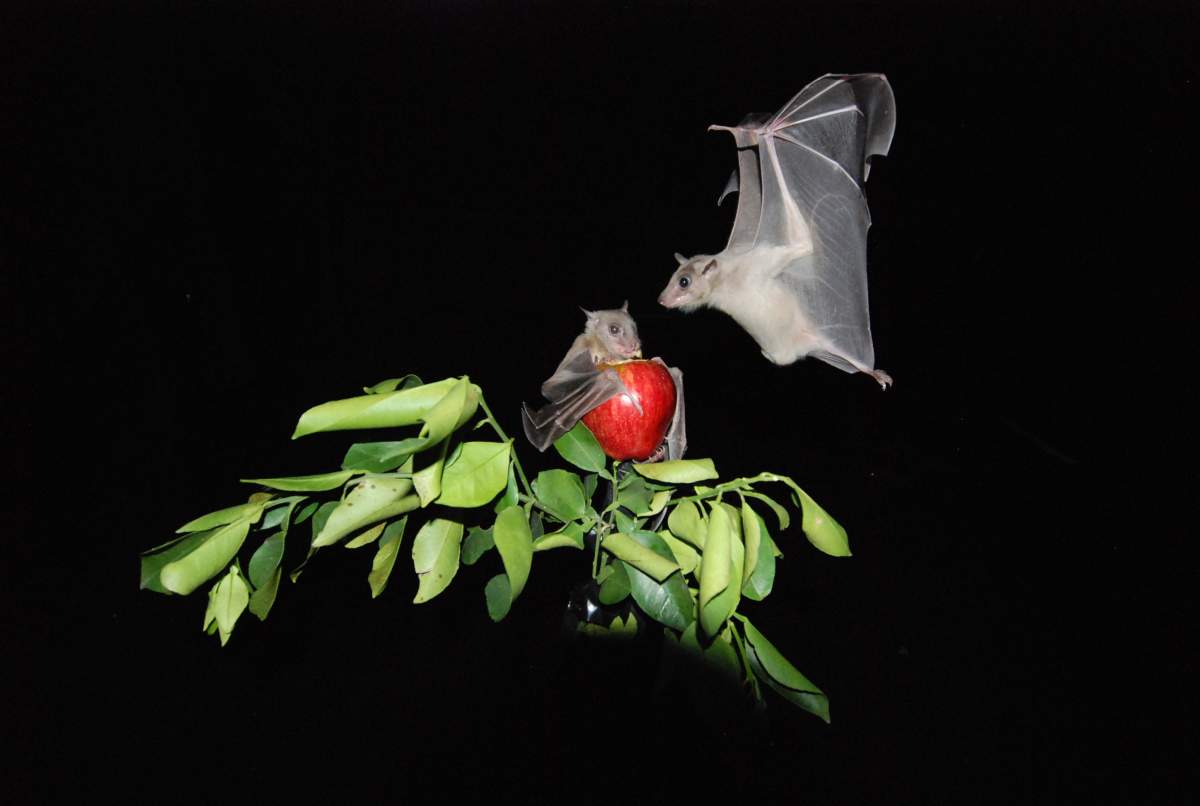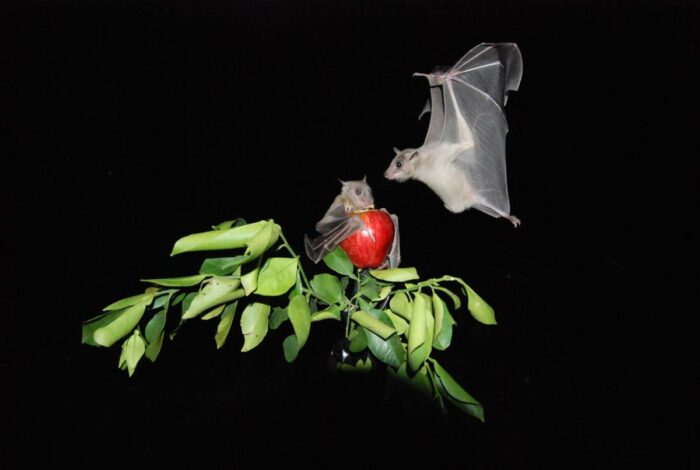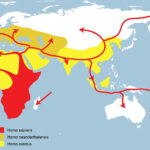
May 30, 2021
New research at the Weizmann Institute of Science has found that bats navigating in an innovative extra-large experimental setup reveals an unknown neuronal code.
The brain is often likened to a computer: its hardware – neurons organised in complex circuits, its software – a plethora of codes that govern the neurons’ behaviour. But sometimes the brain performs exceptionally well even when its hardware seems inadequate for the task.
For example, it has been puzzling how we and other mammals manage to navigate large-scale environments even though the brain’s spatial perception circuits are seemingly suited to representing much smaller areas.
A team of researchers from the Weizmann Institute of Science, led by Professor Nachum Ulanovsky of the Neurobiology Department, tackled this riddle by thinking outside the experimental box. By combining an unusual research model – fruit bats – with an unusual setting – a 200 meters-long bat-tunnel – they were successful in revealing a novel neuronal code for spatial perception, as reported today in Science.
“Bats and other mammals navigate very large environments in nature,” said Ulanovsky.
“In one night a bat can cover an area that is about 20 kilometres long, 2 kilometres wide and half a kilometer high. This is very different from the 1 square meter boxes that constitute the traditional experimental setups.”
Ulanovsky and his team understood that in order to attain a closer-to-natural take on spatial perception, they had to go bigger – a difference in scale, they hypothesized, should translate to a difference in neuronal activity.
To test their hypothesis, Ulanovsky initiated the construction of a 200 meters-long bat tunnel – an elongated opaque greenhouse of sorts – on the Weizmann Institute campus, the first of its kind in the world.
“Although our tunnel is not exactly 20 kilometers long, 200 meters are still considerably more than what we were able to study so far,” Ulanovsky stated.
Additionally, the researchers developed a miniature ‘neural logger’ device that is mounted on the bats’ heads for recording the activity of neurons in their hippocampus – the brain region responsible for memory storage, including spatial memory – while they’re in flight. Ulanovsky and his team also installed a series of antennas, providing more accurate location capabilities than GPS, which are required for tracking the bats flying in the tunnel. Taken together, the researchers were now able to study their fluttering subjects in a setting that better emulates their natural behaviour.
The new study was led by PhD students Tamir Eliav and Shir Maimon, together with Dr Liora Las – an Associate Staff Scientist working with Ulanovsky – and it is published at a symbolic timing: exactly 50 years ago this year, John O’Keefe discovered place cells; a discovery that in 2014 would earn him a Nobel Prize in Physiology or Medicine.
Place cells are specialised neurons in the hippocampus, each of which was found to be activated when a lab animal enters a particular space in its environment, called the place field. A joint activation of many place cells builds up an inner map of the environment, enabling navigation. However, the work of O’Keefe and others was performed on rodents navigating in small environments, such as the one-by-one-meter box – so the place cells in their hippocampus could accommodate the required number of place fields, each corresponding to an area of about 10 centimetres in diameter. If indeed each place cell in the animal’s hippocampus represents one singular small space in the environment, then bats would need about 1013–1015 neurons to carry out the correct computation for the span of their multi-kilometre flight routes – but their hippocampus has only about 105 neurons, and yet they still manage to navigate.
Owing to their unique experimental setup, Ulanovsky and his team were able to add a significant piece to the spatial cognition puzzle. They found that when bats navigate a large environment, place cells shift their behaviour completely from the traditional model.
First of all, it turned out that a single neuron can represent multiple place fields, rather than just one, as was thought in the past. On top of that, the size of each place field is not uniform and changes according to location, sometimes by a 20-fold difference. In other words, each neuron can be activated by several locations, and each represented location may differ dramatically in size, i.e. has a different resolution.
This multi-field multi-scale coding scheme can explain the discrepancy left behind by the traditional model wherein more neurons are required for computing navigation than there actually are in the hippocampus. Interestingly, the same type of code was found from the very first day of the bats’ exposure to the tunnel, and in both wild-born and lab-born bats – attesting to the robustness of the multi-field multi-scale representation of space.
To expand further on their empirical findings, Ulanovsky collaborated with theoreticians Professor Misha Tsodyks, a departmental colleague from Weizmann, and Dr Johnatan Aljadeff, a former postdoctoral fellow at Weizmann and now a Professor at the University of California in San Diego, to create a computerised simulation of the newly discovered code. By comparing this code to the traditional model they found that while in smaller environments there is no significant difference between the two in terms of the system’s accuracy, the new code is far more efficient in larger environments, and the system performs fewer location errors. Further analysis by PhD student Gily Ginosar provided insight into why the multi-field multi-scale code is observed in large environments but not in small ones.
“Additional theoretical modelling supplied a potential mechanistic explanation as to how and where this code is formed in the mammalian hippocampus,” Ulanovsky said.
“We believe that our findings are applicable to spatial perception of very large environments across mammalian species, including humans.”

Egyptian fruit bats. Unusual model animals

he Bat-Tunnel constructed on the Weizmann campus. Left: Aerial view of the 200 meters-long tunnel; Right: Inside the bat-tunnel - an opaque greenhouse of sorts

Professor Nachum Ulanovsky. "We believe that our findings are applicable to spatial perception of very large environments across mammalian species, including humans"






